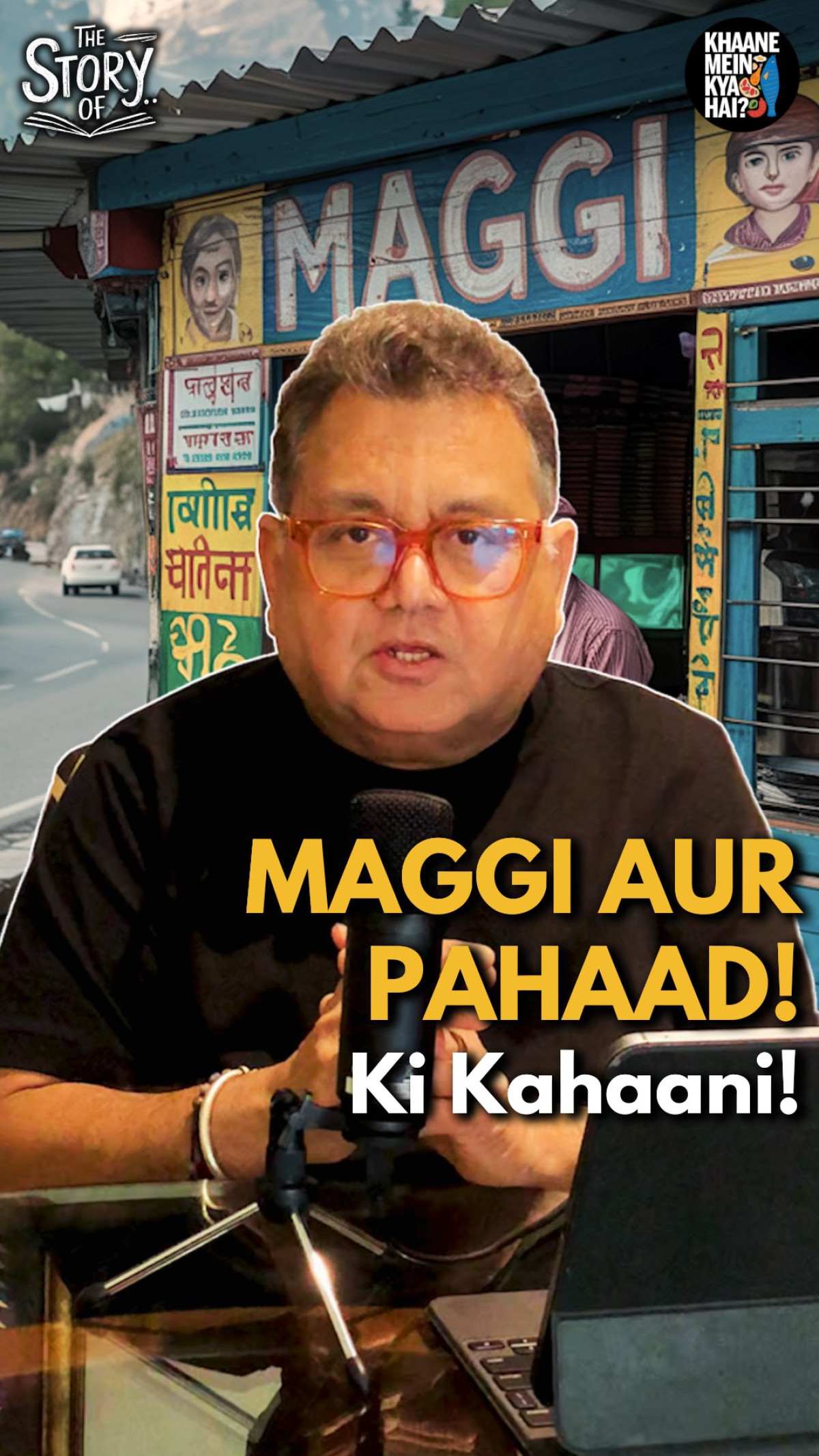Mountain Maggi: Himalayan Trekker’s Soul Fuel
Trekking through icy heights, Maggi offers essential warmth that revives the soul at night

Image: Instagram
The misty Himalayas are known for their breathtaking views and challenging terrains, but for many trekkers, the real story unfolds over a steaming bowl of haldi-wali Maggi. As you traverse these towering peaks, battling icy winds and the sting of cold, a humble pahadi stall appears like a beacon in the fog. Here, a bowl of Maggi is not just a meal—it is a vital source of warmth and energy, a tradition that has grown into a survival ritual in the rugged Indian hills.
A Culinary Journey At 7,000 Feet
Trekking through high altitudes often leaves one cold and breathless, but the unexpected comfort of haldi-wali Maggi has transformed how many view roadside eateries. Originating as a Swiss invention from the 1880s, Maggi was reinvented in the Indian hills and quickly embraced by local communities and adventurers alike. The subtle touch of turmeric (haldi) along with the rich blend of spices transforms ordinary noodles into an aromatic, soul-soothing brew. This isn’t merely about filling a hunger gap; it is a culinary adaptation that links history, sustenance, and local identity.
In these remote regions, Maggi’s role has evolved far beyond the confines of a simple snack. It fuels the resolve of trekkers, replenishes energy after long hikes, and in its steamy simplicity, offers a warm embrace to all who are out in the cold. The magic is in the preparation: as the noodles steep in boiling water, a local vendor—often a longstanding member of the community—adds spices that not only flavor the dish but also impart a sense of comfort and belonging.
The Maggi Phenomenon: More Than Just Noodles
The narrative behind this humble dish speaks to a larger truth about resourcefulness and adaptation in isolated regions. With limited alternative food sources available in mountainous terrains, local vendors have made Maggi an intrinsic part of the trekking experience. A bowl of haldi-wali Maggi offers both practical nourishment and emotional solace—a lifeline amid the severe cold. It symbolizes the ingenuity of local economies, turning a commercially popular product into an essential survival kit on the trails.
Trekkers recount their journeys with vivid imagery: foggy roadside stalls, the soft clatter of utensils mixed with the murmur of distant conversation, and that first spoonful of steaming Maggi that revives tired bodies and spirits alike. As one adventurer noted in a recent Instagram post (https://www.instagram.com/p/DJJ7i1QzUl6/), these culinary stops are emblematic of the fusion between modern convenience and age-old traditions in the Himalayas.
Celebrity Encounters And Culinary Explorations
Interestingly, the culinary narrative of Himalayan Maggi has caught the eye of well-known personalities in the food and travel scene. Kunal Vijaykar—a celebrated food critic and television personality—is among those who have explored local culinary adaptations. Although better known for his detailed gastronomic journeys in urban settings, his interest in rural and high-altitude fare underscores the rich tapestry of India’s culinary diversity. In past journeys, as seen on his social media channels, Vijaykar has sampled a range of iconic dishes, from Kolkata’s spicy Chinese feasts to the authentic flavors of coastal canteens. His recent ventures into exploring the heritage of local eateries now extend to narratives like the one found in the Himalayan valleys.
A Fusion Of History And Geography
Standing thousands of feet above sea level, the experience of savoring Maggi in the mountains is as much about history as it is about sustenance. The dish’s evolution into a vital component of the trekking journey illustrates how cultural adaptations can redefine global products. Swiss innovation met Indian spice, and what emerged was a bowl of noodles steeped in local flavors—a food item that grew to be emblematic of survival and homecoming amidst nature’s most formidable challenges.
Local vendors have essentially transformed what was once a fast-food staple into a delicacy that nurtures both body and spirit. This culinary twist has not only provided comfort to weary trekkers but also helped bolster a local economy. Every steaming bowl is a testament to the ingenuity of communities who have learned to intertwine modern influences with age-old traditions.
A Testament To Resilience And Warmth
The story of haldi-wali Maggi in the Himalayas is more than a culinary anecdote. It is a narrative of resilience, adaptation, and the human need for warmth—both physical and emotional. As trekkers gather around these modest roadside stalls, they are part of a story that spans continents and centuries. They are witnessing how a simple meal can embody survival strategies, connect people to their heritage, and provide a comforting pause amid arduous journeys.
In conclusion, the next time you find yourself meandering along a foggy mountain path and encounter the enticing aroma of spiced noodles, remember that you are not merely tasting food. You are partaking in a storied tradition—a survival ritual and a soulful embrace that ties modern trekker culture with historical innovation.
The convergence of heritage, geography, and gastronomy in this humble dish reminds us that sometimes the simplest foods house the deepest stories, and even at 7,000 feet, a bowl of Maggi is enough to warm the heart.
Read full bio of Jehangir Irroni







